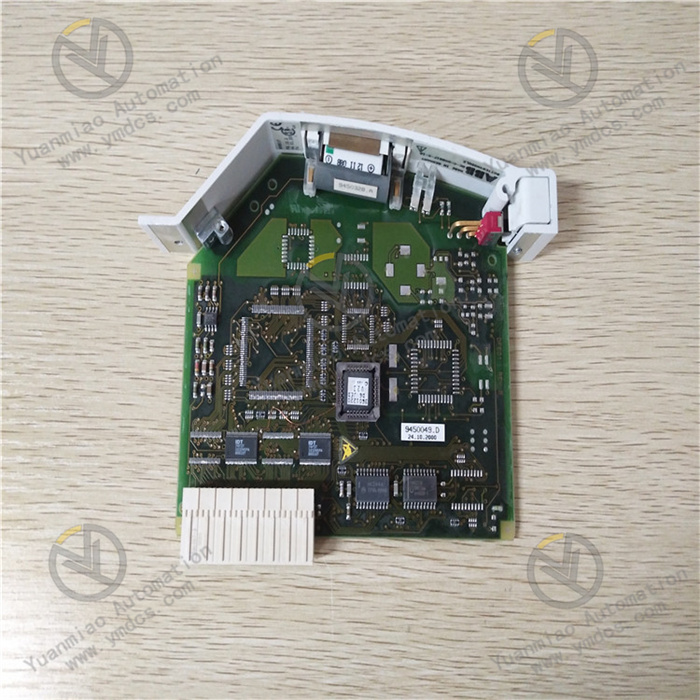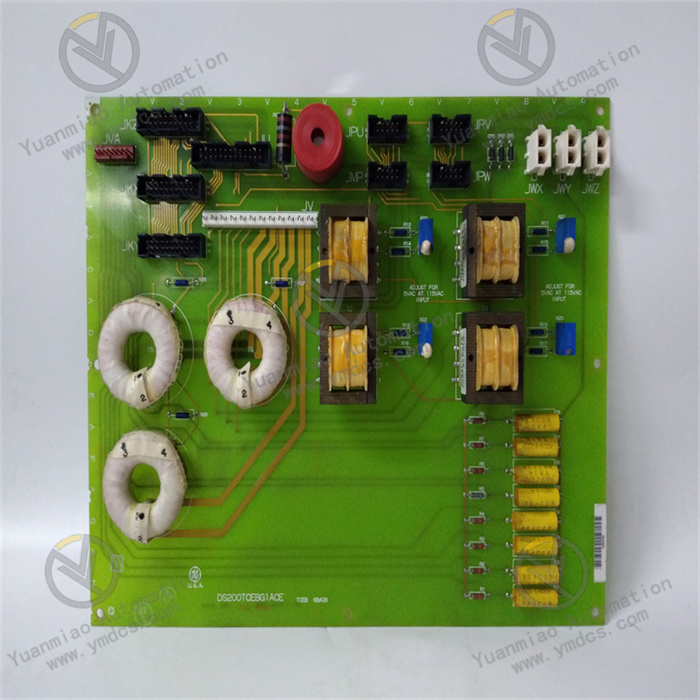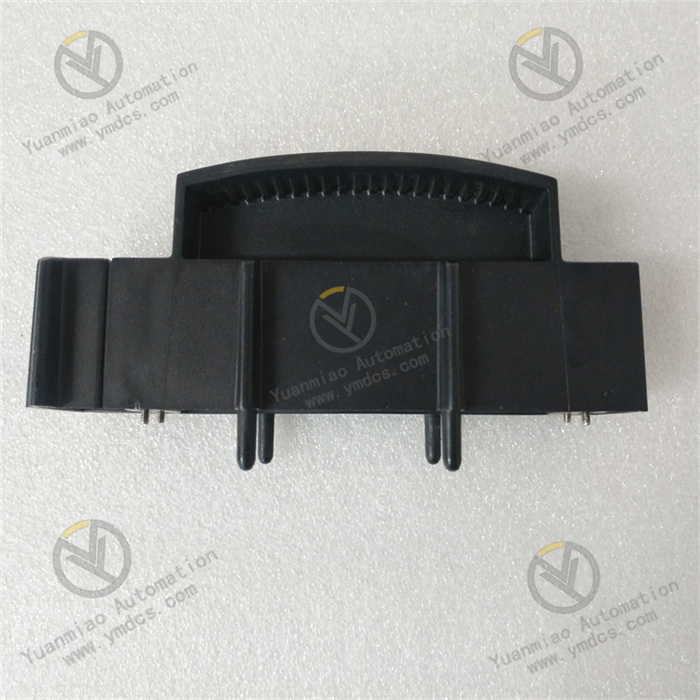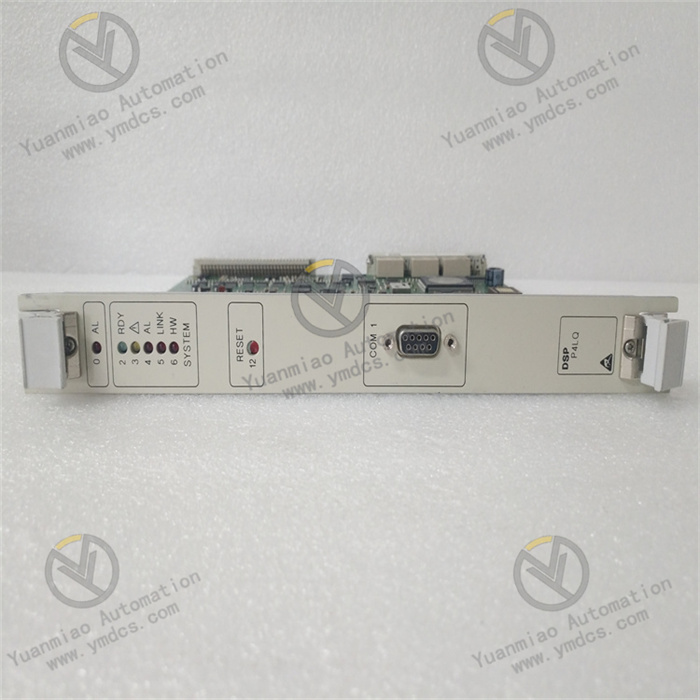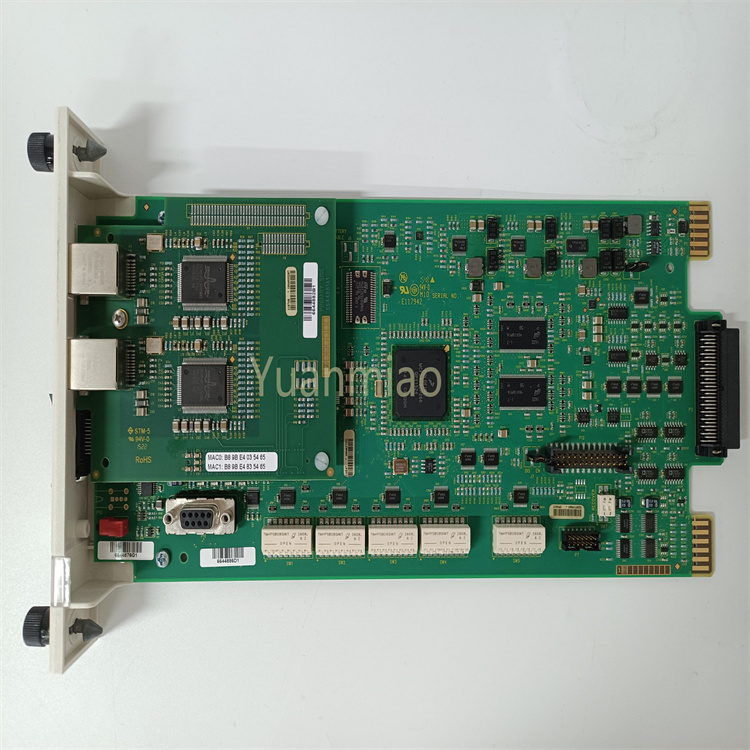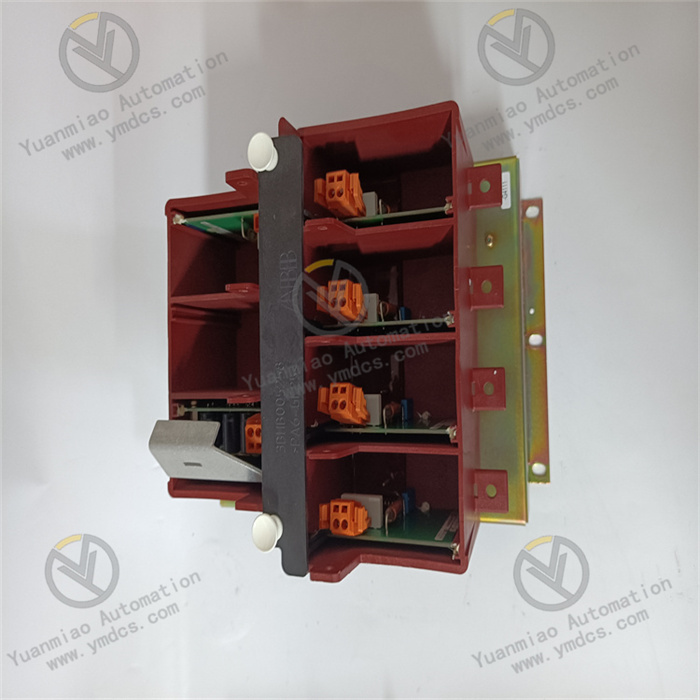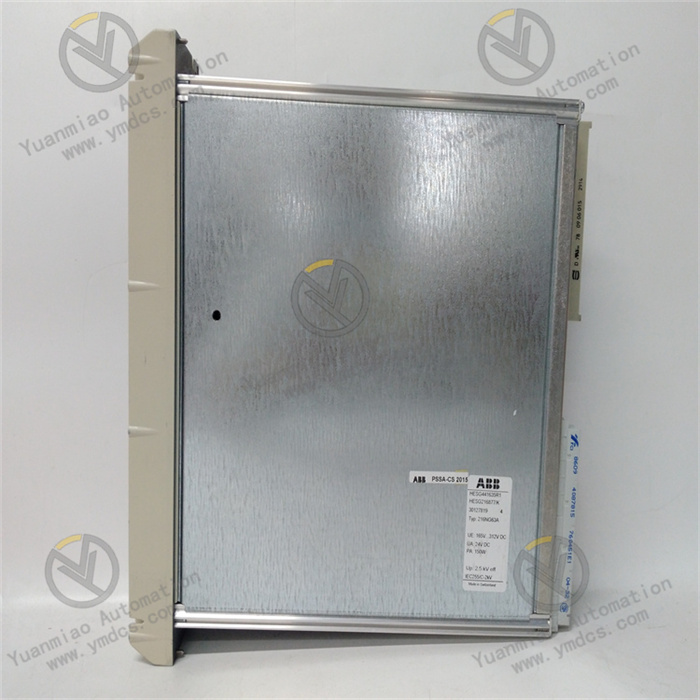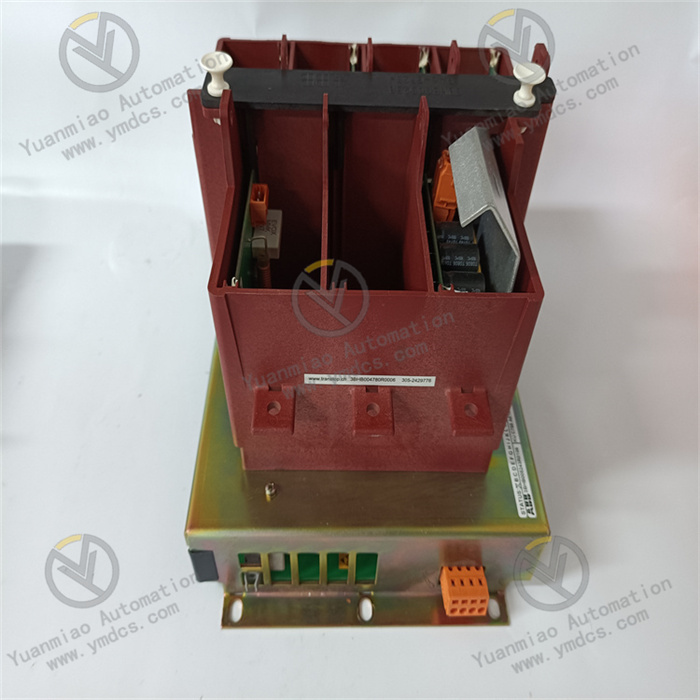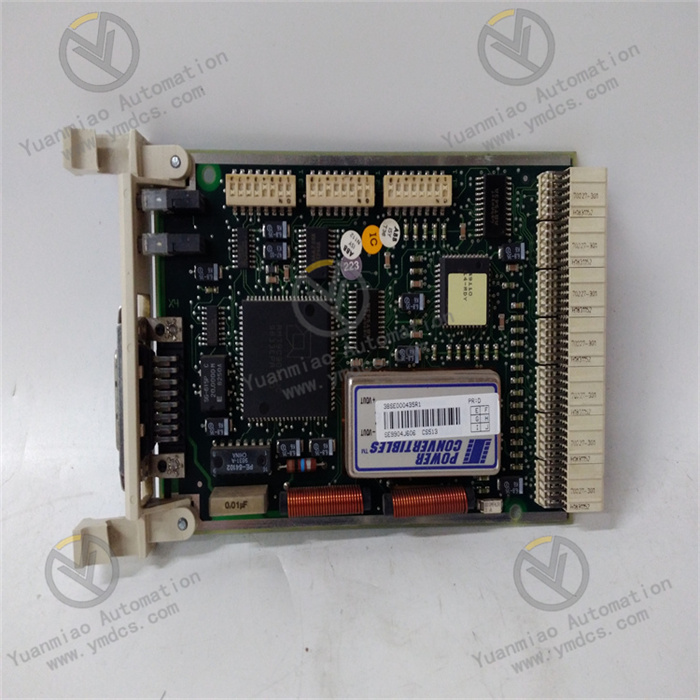Description
VMIVME-7807-411001/350-0001007807-411001 B
I. Overview
The Abaco Systems VMIVME-7807-411001/350-0001007807-411001 B is a distinctive industrial device playing a crucial role in industrial automation and control systems. Relying on the mature VME (VersaModule Eurocard) bus architecture—renowned for its modularity, high reliability, and strong expandability—it is widely applied in industrial scenarios with extremely high stability and real-time requirements. Integrating advanced technologies and rich functions, this product provides stable and efficient support for various complex industrial systems, ensuring continuous operation in harsh environments. Whether in industrial automation production lines or critical control links demanding high data transmission reliability, it serves as an indispensable component for building modern industrial networks.
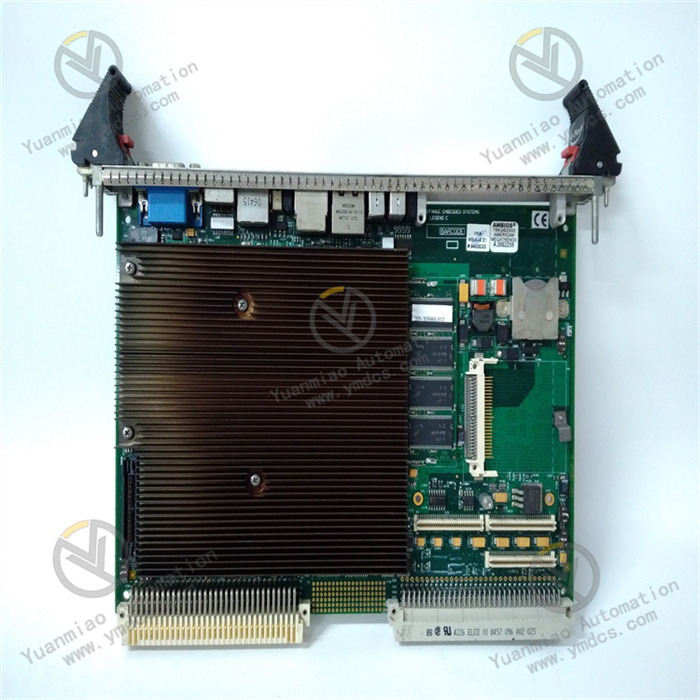
II. Functional Features
(1) High-Reliability Design
Designed to address the complexity and harshness of industrial environments, this product features exceptional reliability. Its hardware uses high-quality, stable components through strict screening and testing, ensuring long-term stable operation in harsh conditions. In industrial workshops with severe electromagnetic interference, it effectively resists external interference, guaranteeing accurate data transmission and processing to solidly support system stability. Meanwhile, its rugged mechanical design offers excellent seismic and impact resistance, adapting to complex scenarios like vehicle-mounted mobile operations and harsh field conditions, thus significantly reducing the failure probability caused by environmental factors.
(2) High-Speed Data Transmission Capability
Supporting high-speed data transmission is one of its significant advantages, meeting the extremely high real-time data communication requirements in industrial automation systems. In industrial automation production lines, where massive sensor data and equipment control commands need rapid transmission and processing, this product enables fast data interaction via its high-speed transmission performance, ensuring efficient and precise production processes. For example, in automotive manufacturing automation assembly lines, it quickly transmits data collected by sensors at each station to the control center and promptly feedbacks control commands, ensuring smooth and accurate assembly to improve production efficiency and product quality.
(3) Abundant Interfaces and Flexible Expandability
Adopting a modular design concept, it is equipped with diverse standard communication interfaces, including Ethernet and serial ports. The Ethernet interface supports high-speed network communication, facilitating convenient data exchange and remote monitoring with other devices to enable industrial IoT construction. Serial ports are compatible with various traditional industrial devices and sensors, meeting communication needs of different equipment to ensure collaboration with multiple devices in complex industrial environments. Meanwhile, its modular design allows users to flexibly configure and expand the system according to actual needs—such as adding functional modules to enhance specific capabilities—easily adapting to changing industrial production requirements and effectively protecting users' initial investments.
(4) Strong Network Protocol Support
This product supports multiple common and critical network protocols, such as Ethernet/IP and Modbus TCP. This enables seamless integration with other industrial automation devices, allowing smooth data exchange and communication in complex industrial networks composed of different brands and types of equipment. It breaks down communication barriers between devices, promotes interconnection and interoperability of the entire industrial system, achieves more efficient collaborative work, and lays a foundation for building intelligent and integrated industrial control systems.
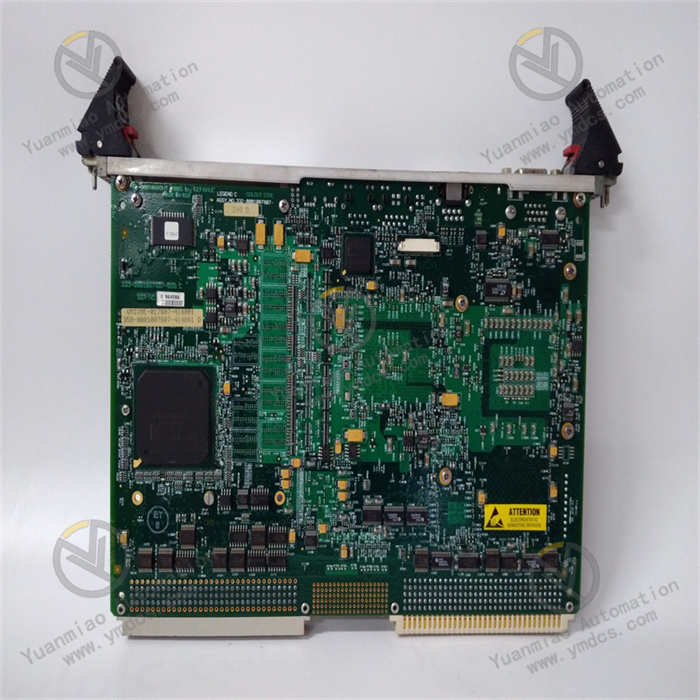
III. Working Principle
When the VMIVME-7807-411001/350-0001007807-411001 B is connected to an industrial system, the external power supply first enters the device's internal power management module. This module converts, stabilizes, and processes the input power to provide stable and adaptive working voltages for all components, ensuring normal startup and continuous stable operation.
In terms of data transmission, data generated by external devices (such as sensors and actuators) is transmitted to the device via corresponding interfaces (e.g., Ethernet, serial ports) based on interface types. The internal core processing unit receives the data and deeply analyzes, precisely calculates, and efficiently processes it according to preset programs and algorithms. During data processing, the device's cache mechanism temporarily stores the data being processed to assist the core processing unit in fast data access and improve overall efficiency. After processing, if data needs to be stored, it is written into the device's built-in storage module; if it needs to be transmitted to other devices or systems, it is sent via corresponding interfaces to realize data circulation and sharing in the industrial network.
Simultaneously, the device communicates with other VME modules through the VME bus. In industrial automation control systems, it can collaborate with sensor modules to real-time acquire various production process data and cooperate with actuator modules to precisely control equipment actions based on processing results, achieving accurate control of production processes. Additionally, the device's built-in monitoring module real-time monitors the operating status of all components, including key parameters like temperature and voltage. Once anomalies are detected, it immediately triggers the fault diagnosis mechanism, sending intuitive alarms via indicator lights and feedbacking detailed fault information to operators through supporting management software. Meanwhile, it takes corresponding measures according to preset strategies—such as automatically switching to backup channels or reducing device operating load—to ensure stable and reliable operation of the device and the entire industrial system.
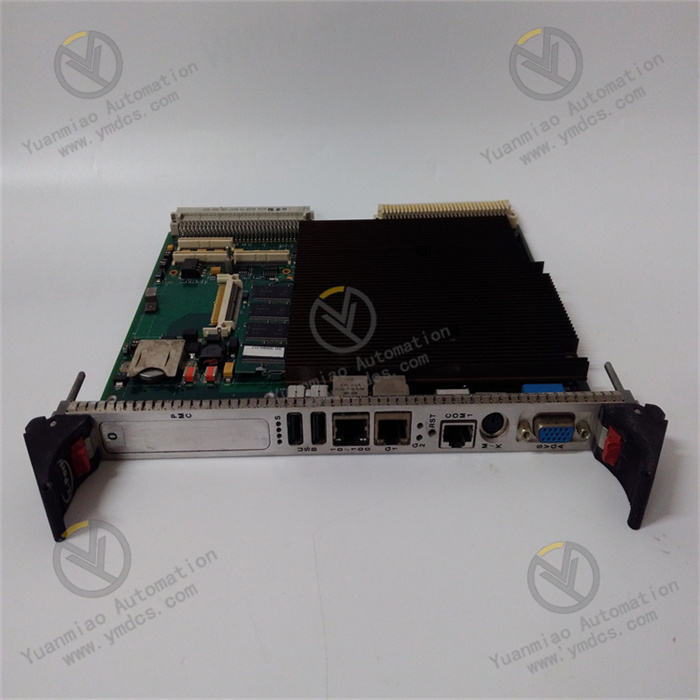
IV. Common Faults and Solutions
(1) Device Fails to Start
- Fault Phenomenon: No response, indicator light off, and the system cannot start normally after powering on.
- Solutions: First, carefully check the external power supply, measure whether the input voltage is within the device's specified normal range, and inspect the power connection cable for looseness, damage, etc., to ensure stable power supply and reliable connection. If the power supply is normal, further check the device's internal power management module for obvious damage signs like bulging capacitors or burnt components, and replace the damaged module promptly if found. If the power module is intact, try resetting the device to see if it starts normally. If it still fails to start after the above operations, the core processing unit or other key components on the motherboard may be faulty, and professional maintenance personnel should be contacted for comprehensive inspection and repair.
(2) Data Transmission Errors or Interruptions
- Fault Phenomenon: Data loss, errors, or frequent transmission interruptions occur when transmitting data through interfaces.
- Solutions: For Ethernet interface transmission, check the network cable connection for firmness, try replacing the cable or connecting to other normal network devices (e.g., switches) for testing to 排查 cable and network device issues. Meanwhile, carefully verify the network configuration, including key parameters like IP address, subnet mask, and gateway. For serial communication issues, check the serial cable for normality and confirm that serial communication parameters (e.g., baud rate, data bits, stop bits, parity) are fully consistent with external devices. If data transmission issues occur with external devices connected via expansion interfaces, check whether the expansion device is correctly installed and the driver is properly installed and up-to-date; reinstall the driver or replace the expansion device for testing if necessary. Additionally, inspect the device's surroundings for strong electromagnetic interference sources, ensuring the device and cables are kept away from large motors, transformers, and other equipment that may generate strong electromagnetic interference to avoid affecting data transmission quality.
(3) Unstable Device Operation
- Fault Phenomenon: Unstable phenomena such as freezes, frequent restarts, program errors, or unexplained crashes occur during device operation.
- Solutions: First, check the device's heat dissipation, ensure good ventilation, clean dust from the radiator and fan, and replace the cooling fan promptly if abnormal rotation speed or damage is found to prevent unstable operation due to overheating. Use professional testing tools to inspect the device's internal storage and cache modules for faults, and replace relevant modules if issues are found. Investigate potential software conflicts by recalling recent installations of new software or drivers; uninstall incompatible software or roll back drivers to previous stable versions if applicable. Check the working status of the device's core processing unit for overheating, frequency reduction, or performance degradation, and conduct comprehensive performance testing and optimization if necessary. If the device remains unstable after the above operations, potential faults in the motherboard or other key hardware may exist, requiring further in-depth inspection and repair.
(4) VME Bus Communication Failure
- Fault Phenomenon: The device cannot communicate normally with other VME modules, data sharing fails, or frequent interruptions/errors occur during communication.
- Solutions: First, check the VME bus connection for firmness, ensure the device is correctly inserted into the VME slot, and ensure good interface contact without looseness, oxidation, or other issues affecting communication. Inspect the VME bus cable for damage and replace it promptly if found. Carefully verify the VME bus address settings to ensure no address conflicts among modules, guaranteeing the uniqueness and accuracy of communication paths. Check whether the VME bus terminal resistance configuration meets requirements, and adjust it to correct parameters if erroneous. If the problem persists after the above checks and handling, the VME bus interface circuit of the device may be faulty, requiring professional inspection with specialized tools. The fault device can be identified via the substitution method to gradually troubleshoot the root cause and restore normal communication.


